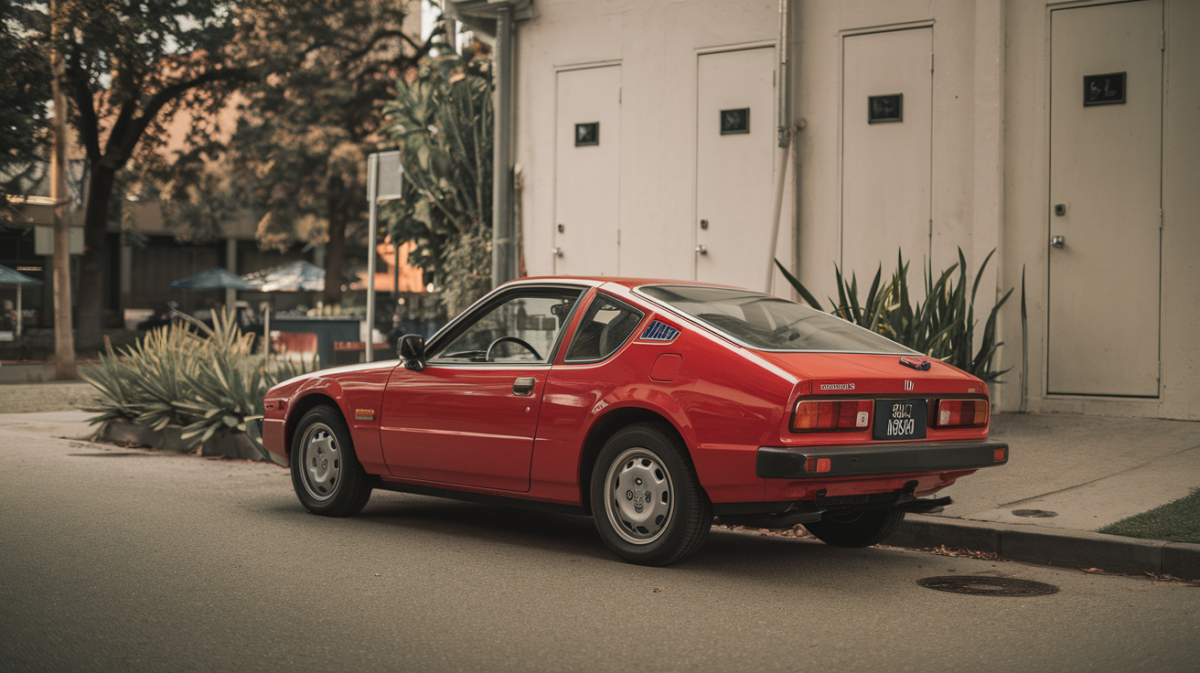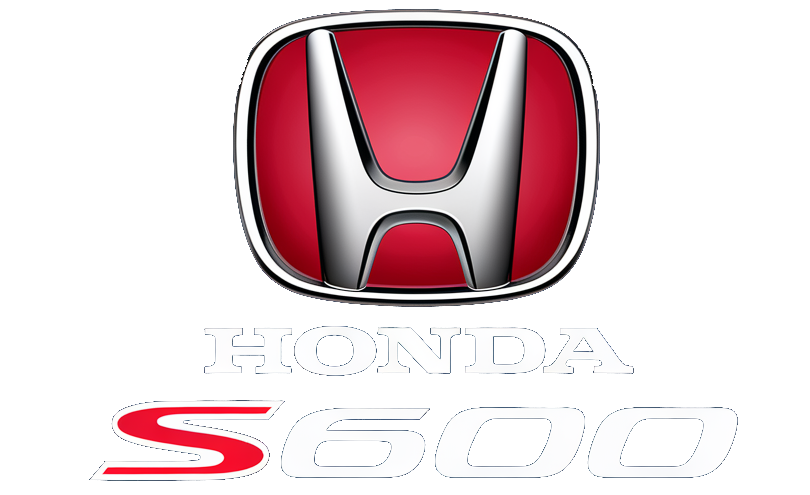Birth of the Honda Sports Car
Honda’s story has always been one of innovation and audacity. When Soichiro Honda decided to transition from motorcycles to automobiles, he approached it with his signature boldness. The result? A series of compact, open two-seater sports cars that embodied cutting-edge technology and irresistible design. The journey began in October 1963 with the release of the Honda S500.
The seeds of Honda’s car production ambitions were likely planted around 1958 when Yoshio Nakamura joined the company. Nakamura, who would later lead the Honda Sports project and manage Honda’s first Formula 1 team, played a pivotal role. By early 1959, Honda’s team unveiled the X170 prototype. This groundbreaking vehicle featured a 360 cc air-cooled V4 engine with an overhead camshaft—an innovative masterpiece housed in a basic platform chassis.

The S500 and the Evolution of Honda Sports Cars
In October 1962, at the Tokyo Motor Show, Honda debuted the S360 and the scarlet-colored S500, which signaled a significant leap forward. Recognizing the limitations of the S360’s 360 cc engine, Honda developed a 492 cc version. The production-ready S500, featuring a wider frame and a 531 cc engine, went on sale shortly after the 10th Tokyo Motor Show, marking the official start of Honda’s sports car journey.
To appreciate the impact of the S500, it’s essential to consider the Japanese car industry of the time. While most cars relied on heavy iron-block engines with single carburetors, Honda’s lightweight, high-tech innovations were revolutionary. The S500’s compact yet complex engineering earned it the nickname “small giant.”
Though the S500 achieved a top speed of 130 km/h, its 725 kg weight limited its power. Honda responded quickly, introducing the S600 with a larger 606 cc engine just three months later. By 1965, the S800 entered the scene, boasting a top speed of over 160 km/h, solidifying its reputation as a “great 100-mile-per-hour car.”
In 1966, Honda replaced the S800’s aluminum chain-case suspension with a more straightforward rigid axle design, ensuring greater reliability. The last model in the series, the S800M, launched in February 1968, offered enhanced luxury features like a factory radio and an upgraded heater. Production of the Honda Sports series concluded in May 1970 after nearly 25,000 units were built, marking the end of an era.
12,000 km Across Europe in My Honda S600
In 1964, the newly launched Honda S600 captivated me with its blend of power, flexibility, and practicality. Its jewel-like DOHC engine could reach 10,000 rpm, a feat unheard of at the time. Inspired, I decided to take my S600 on a 12,000-kilometer journey across Europe, coinciding with Honda’s inaugural Formula 1 season.
From July to September 1964, my wife and I traveled from London across the continent, attending Grand Prix races in Britain, Germany, and Italy. Watching the Honda RA271 debut at the Nürburgring with its rising sun emblem brought an overwhelming sense of national pride.
Despite concerns from Honda about the reliability of their “baby sports car,” the S600 handled the trip admirably. This unforgettable adventure highlighted Honda’s engineering brilliance and underscored the brand’s ability to inspire confidence even in its earliest days.
Soichiro Honda: A Visionary Leader
My first encounter with Soichiro Honda was in August 1963 during the test drive of the S500. Wearing the same white suit as his engineers, Honda personally tested the car, showcasing his unique leadership style. His hands-on approach and sense of humor set him apart from other corporate leaders.
Born on November 17, 1906, in Komyo, Japan, Honda’s passion for machinery began in his father’s bicycle repair shop. His journey from crafting piston rings to establishing the Honda Motor Co. in 1948 is a testament to his relentless pursuit of innovation.
Honda’s philosophy of promoting merit-based advancement ensured the company’s sustained success. Even after retiring in 1973, he continued to champion harmony between technology and the environment through the Honda Foundation. Soichiro Honda passed away in August 1991, leaving behind a legacy of groundbreaking achievements that continue to inspire.
